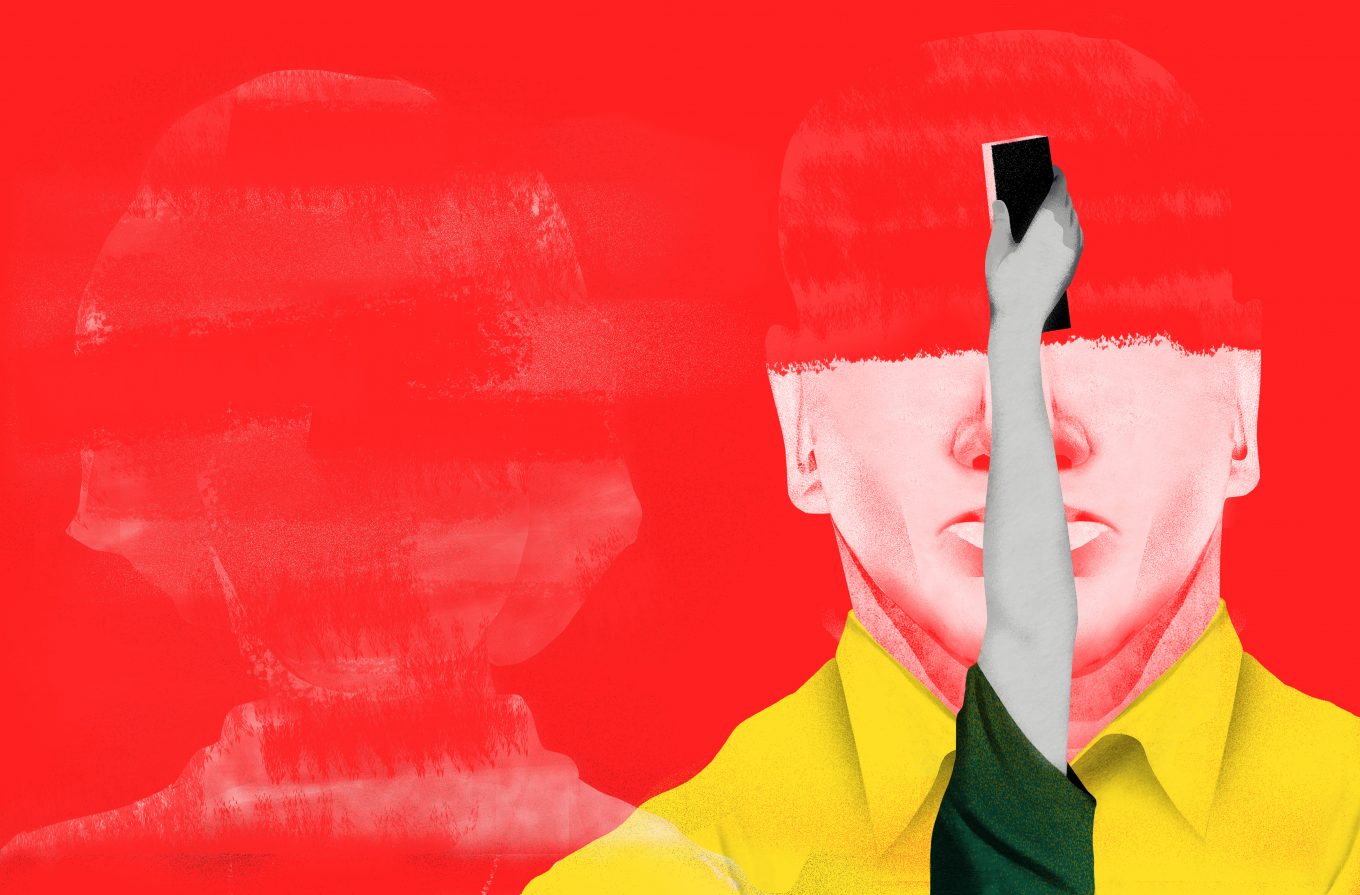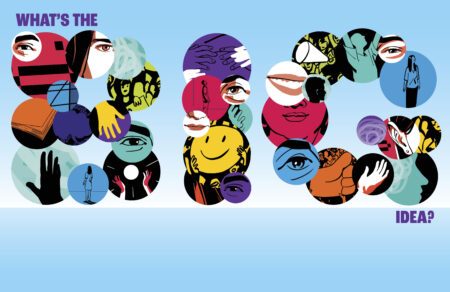It wasn’t so long ago that Brad Lemack ’77—a Los Angeles–based talent manager and entertainment
publicist—spent most of his time pushing his clients’ brands and getting their names out there. That used to be the expectation.
But more recently, he said, his role has shifted to responding to crises that pop up on social media or in the news.
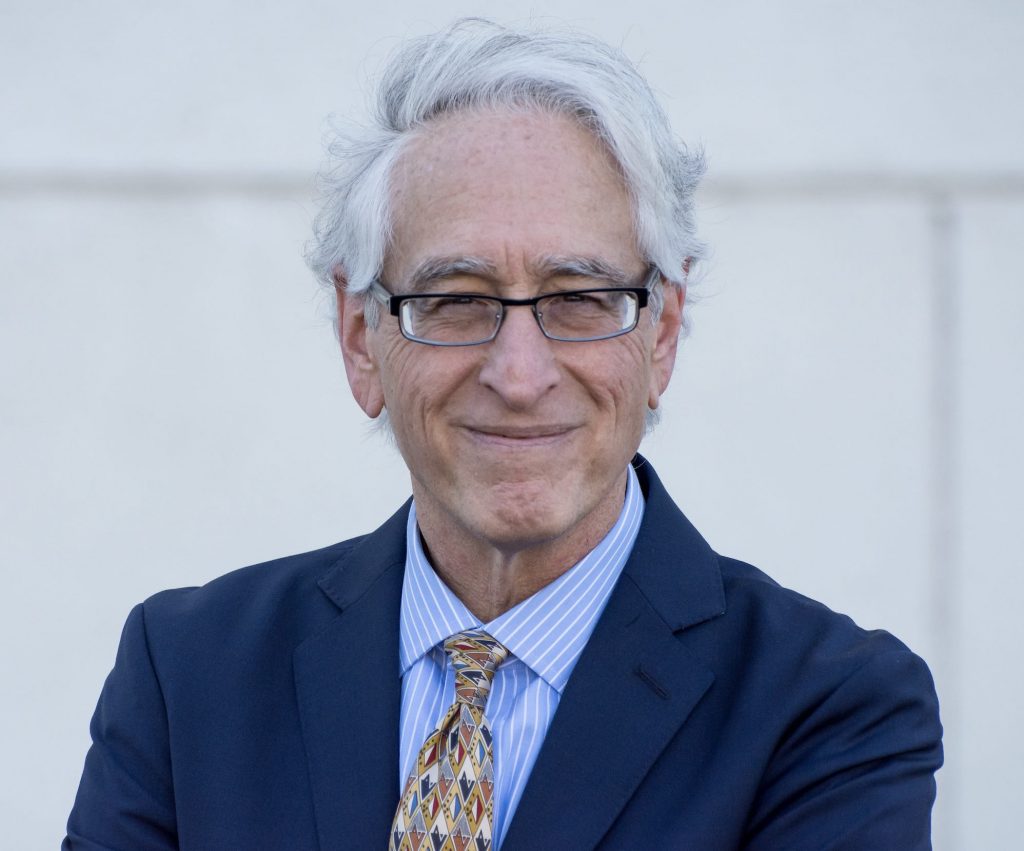
“I’m often feeling more like a defense attorney than I am a proactive publicist these days,” said Lemack, a senior affiliated faculty member at Emerson Los Angeles.
Clients should be held responsible for anything they do that is illegal or wrong or questionable, Lemack said. But cancel culture has held some high-profile people accountable in ways that have ruined careers and reputations for simply stating an opinion.
“[Celebrities] have a public platform from which to speak out on anything they wish, from letting their fans and the world know about a new film they have been cast in, to whom they support in an election, or how they feel about a social or political issue,” Lemack said. “But vocalize your support for an issue or person that isn’t shared by a fan, and consequences can result. And I want to take a step back from having to manage through that and say to the compromised high-profile person, ‘Would speaking out be worth all that?’”
Cancel culture–the act of “canceling” a celebrity or public figure or brand after they’ve done something considered to be socially unacceptable–is now the reality in which we live. It’s one thing to cancel public figures who commit crimes or other illegal acts, but cancel culture can extend to those who make subjectively offensive off-the-cuff remarks that have been caught on video, which subsequently goes viral. It also applies to those who, say, slapped another actor/comedian at the 94th Academy Awards ceremony.
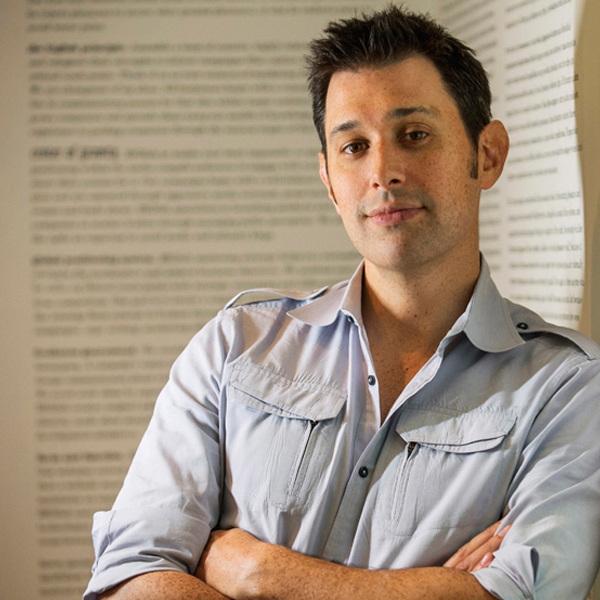
Cancel culture is especially salient for anyone who works in public relations, communications, or talent management–or anyone who spends any amount of time on social media, on behalf of themselves or a brand.
“From the perspective of public relations, this is just one new front in the realm of potential crisis situations that publicists are always sort of thinking through,” said David Richard, MA ’01, senior affiliated faculty member in Communication Studies and CEO and partner of BIGFish Communications, a Boston-based agency serving the high-tech, sustainability, and consumer electronics industries.
In September 2020, 44 percent of American adults surveyed by the Pew Research Center said they had heard a “great deal or fair amount” about cancel culture. When Pew administered the survey again, in June 2022, that number had shot up to 61 percent. The percentage of Americans who claimed never to have heard the term dropped in that time from 38 percent to 23 percent.
“Cancel culture” has entered the lexicon, both practically and officially—Merriam-Webster added the term to its dictionary in January 2021—though we may not agree on how to define it, whether it amounts to accountability or censorship (or a bit of both), or even if it exists at all.
Smothering Fires
In some ways, cancel culture has been with us for as long as we’ve gathered ourselves into groups with common values. From the days of stocks in the village center, humans have found ways to call out and shame transgressors, and offending organizations have had to worry about boycotts since at least the 18th century. But our digital ecosystem makes public opprobrium easier, faster, and in some cases, more damaging
than ever before.
Richard likes to use the example of Italian luxury brand Dolce & Gabbana in his International PR class. In 2018, D&G released three promotional videos on Chinese social media network Weibo ahead of a runway show in Shanghai. The videos trafficked heavily in racist Asian stereotypes and featured condescending voice-overs.
The videos were pulled from Weibo within 24 hours after people began calling for a boycott of the brand, but it was too late.
“And with this one ad, which [D&G] spent time and money on, they were able to erase over a billion dollars in yearly…revenue, just by being offensive,” Richard said. “And that is a perfect example of cancel culture. The Chinese market had and still does have, a strong appetite for luxury goods, just not luxury goods that are offensive to Chinese culture.”
The best course of action when it comes to cancel culture is to get out ahead of problems before they even happen, Richard said. A brand’s PR team or publicist needs to comb through communication and marketing plans, monitor social media and media inquiries, and flag potential crises for the folks in the C-suite, because despite most people saying they’re familiar with cancel culture, senior management often isn’t thinking about it in real time, he said.
“Just because cancel culture is a thing and a couple of big brands have been impacted by it, most executive teams in boardrooms don’t look at that as a lesson learned or something to internalize and to say, ‘Maybe that could happen to us,’” Richard said. “It’s more like, ‘Well, it stinks for them; we’re business as usual.’”
If a cancellation crisis does happen, it’s crucial to respond quickly, apologize authentically, and outline what is being done to prevent the offending action/words from occurring again, Richard said.
“It’s like this in a lot of human interactions; it’s just at a more macro scale,” he said.

When a Brand Is Also a Human
Over the course of his four-decade career, Brad Lemack has always done his due diligence on potential clients before taking them on, he said, but in recent years, that has ramped up considerably, including a thorough vetting of a client’s social media history.
“I want to know what’s in the court of public opinion about this person or company, what is in the court of industry opinion about this person or company? And what does that say to me about the landscape in which we’re about to enter?” he said. “Because in a way, in…this landscape, the truth doesn’t really matter, does it? What matters, seemingly, is the court of public opinion.”
There is no going back now, because people are natural storytellers. And armed with a smartphone and a social media account, some people have become “addicted to being newscasters,” Lemack said. So many people now want to weigh in, to contribute and claim their own piece of a story.
“But I think we have to be smart and strategic about our responses to the swelling tides when that happens, and I think saying nothing is as dangerous as saying the wrong thing,” he said. “If you’re going to respond, it has to be authentic, it has to be true, and it has to be, I think, a real attempt to add to the discourse or give context.”
Lemack said we need to find some way to tap the brakes and have conversations when someone makes a mistake.
“We’re all entitled to be able to learn from our mistakes and to grow as people and to just be better as we walk through the world,” and cancel culture rarely gives anyone that opportunity, he said.
The Wide World of Sports
In the National Football League, whether or not a player gets “canceled” for something, and for how long, often depends less on what the player actually said or did and more on how talented the athlete is on the field.
In May 2022, a peer-reviewed study published in the academic journal Violence Against Women examined the
post-arrest careers of 117 NFL players charged with violence against women and found that a player’s value in the game was a better predictor of career longevity than the accusation.
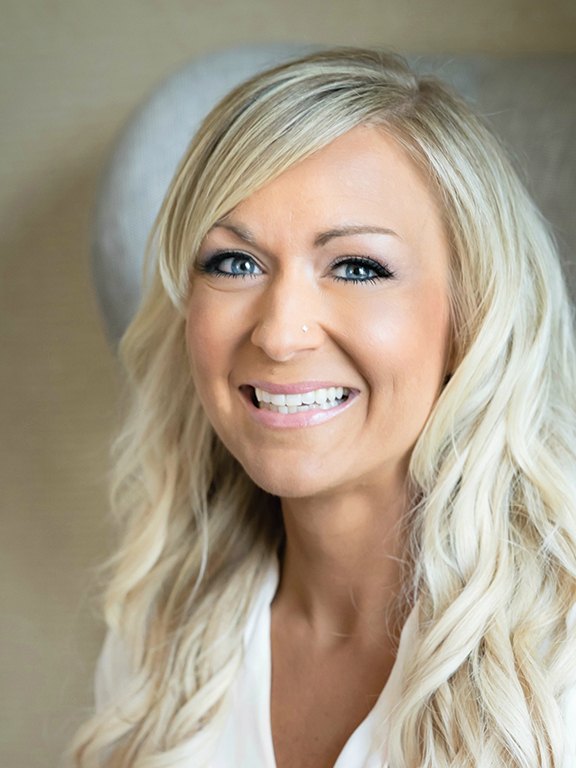
“In any league in the US, if you have a player involved in controversy, it is far more likely for the team to cut ties with the player immediately if they aren’t one of the star players on the team,” said Communication Studies Assistant Professor Lauren Anderson, who examines media representations of gender and race in sport, as well as how media shapes social and cultural values in sport. “It makes the team look good, and it doesn’t make that much of a difference to the game being played.
“However, if it’s a star player—as we saw recently with [Cleveland Browns quarterback] Deshaun Watson—teams are going to bend over backward to protect that player and sweep the controversy under the rug. It’s this ‘winning at all costs’ mentality that has been ingrained in sports culture,” she said.
(In 2021, Watson, a first-round draft pick for the Houston Texans, was sued for sexual harassment and assault by more than two dozen massage therapists. He settled 23 of the suits. Last year, he was traded to the Browns for a five-year, $230 million contract, one of the largest in NFL history.)
Compare that with former NFL quarterback Colin Kaepernick, who was both reviled and praised, depending on who was asked, for kneeling during the national anthem to protest police brutality against communities of color during the 2016 season. Kaepernick began the season coming off three surgeries, started only intermittently, and had good and bad games. He was released by the San Francisco 49ers and was never picked up by another team. He eventually sued (and settled with) the NFL, accusing owners of colluding to keep him off the field.
Money plays a huge factor in whether or not a player is sanctioned by the league or canceled by the public, but so does the psychology of sports fans, many of whom were raised to support a team or player from birth, Anderson said.
“It’s why we see fans continue to support their favorite teams, even when a player on that [team] does something immoral or ‘outside the lines,’” she said. “If we’re a fan of a famous actor, for example, and they do something immoral, it’s easy to cancel them and say, ‘I will never watch one of their movies again’ because we don’t identify with them the same way we identify with our favorite sports team.”
In Kaepernick’s case, there was a silver lining. Nike, Inc., which had an endorsement deal with the player, eventually put its full support behind him. For the athlete, it meant a new role in the media landscape as a spokesperson for diversity, equity, and inclusion issues. For Nike, it meant a spike in business since a high percentage of its customers also supported Kaepernick. Nike, which certainly cares about the bottom
line, read the moment and followed its values.
Accountability, Not Cancellation
But from the perspective of talent and literary manager Jordan Moncada ’13, cancel culture doesn’t truly exist for most people.

“I don’t think anybody just completely gets canceled unless you’re Bill Cosby,” said Moncada. The majority of cancellations that result from “that gray area,”—say, tasteless comedy material, youthful stupidity, or ugly tweets unearthed—eventually die down. Not necessarily because the public has a short memory but more because “people are learning accountability and how to properly apologize,” she said.
When she first started out in talent management, Moncada said, one of her clients was falsely accused of misrepresenting their identity.
Her bosses referred Moncada to a stable of publicists and crisis managers “who all were white and cis[gender], straight, and no one really knew how to handle these things,” she recalled. Thinking that they knew the whole story, they began to panic that they would be “canceled” for representing the client.
Moncada realized at that point that most people lacked the language or the tools to handle these kinds of situations, a discovery that led her to move over to ColorCreative, a management company co-founded by actress and producer Issa Rae and composed mostly of managers and talent who are Black, Indigenous, People of Color (BIPOC).
“I think a lot of people just don’t know how to have these conversations, so it was hard for me as a woman of color with identity issues to even go to anyone to have a real conversation, because people are just so scared and tiptoeing around,” Moncada said.
Things are slowly changing, though, Moncada said. As Gen Z enters the workforce, they’re normalizing conversations around identity and embracing accountability, which is extending to older generations.
“That’s why, for me, unless you’ve done something absolutely horrible, Bill Cosby–level unforgivable, people who did things in the past that were inappropriate or said inappropriate things and didn’t have the language—yes, they should be held accountable, but then [we must be] open [to the fact] that people can change and give [them] that chance to show their true colors.”
A 30,000-Foot View
While cancel culture may not be real in a literal sense, it still shows up in the data.

Nick Loui ’11 would know. He’s the CEO of PeakMetrics, an AI-driven media intelligence platform that he founded to challenge the notion that earned media and online narratives cannot be effectively measured.
PeakMetrics tracks the entire internet—online news, blogs, social media—then uses machine learning to identify different narratives that develop at different points on different channels.
“Everything we do is in the narrative space…and trying to understand how narratives impact different organizations,” Loui said.
They look at the type of content that’s spreading—what’s the narrative, how toxic is it, is it associated with a broader story? Then they look at velocity—in other words, does it have enough momentum that a client should respond, or is it better to ignore it?
They try to determine if a toxic narrative is being driven by a particular group or entity, or if it’s organic—and origination matters. For PeakMetrics’ public sector clients, they’re most worried about state-sponsored activity such as disinformation campaigns. Political sector clients are looking for partisan groups. Commercial clients worry about groundswell activity, or public outcry.
Finally, they’ll look at what factors cause a narrative to catch fire, which has predictive value.
“We can measure a baseline, then looking at what influencer, for example, is going to actually escalate it to the point of that snowball effect. So a lot of what we look at is even just trying to understand is there a particular moment that happens that will actually spark that forward?”
Balance of Power
Sixty-five percent of chief communication officers and chief marketing officers surveyed by Edelman for its 2022 Connected Crisis Study said that “more than any other generation, Gen Z has the power to disrupt the role of businesses in society today.”
“Gen Z is challenging companies to maintain higher standards, demanding more from them around societal issues, and outflanking them through new approaches to activism,” the report says.
David Richard sees it every day with his Emerson students.
“They’re like, ‘Yeah, I was on Delta yesterday and they lost my bag, and so the first thing I did was I flamed them on Twitter,’” Richard said.
Both Gen Z and the C-suite have something to learn from one another, Richard said. His students need to understand that accountability is great, but to use that power carefully.
“What I mean by that is, it could take 100 years to get a brand to build it up, and in one day, doing something wrong in the eyes of the consumer or the general public, they can tear that brand down.
“The flip side of it is the executives that are out there right now…need to be trained to listen to the recent Emerson grads when they say, ‘Hey, this isn’t going to blow over like it used to 20 years ago. This is going to be a thing.’”
Brad Lemack said he tries to focus on all the benefits and opportunities that social media has provided.
“I embrace that. I try to keep positive and focus on what we get to do that’s great that we didn’t get to do before…and isn’t that wonderful?
“There have always been people who’ve had something to say about stuff they disagree with, but…cancel culture and the role it plays, it is a lot of times too quick to judge, and you close your ears to wanting to hear anything that might counter the opinion you have formed.”

